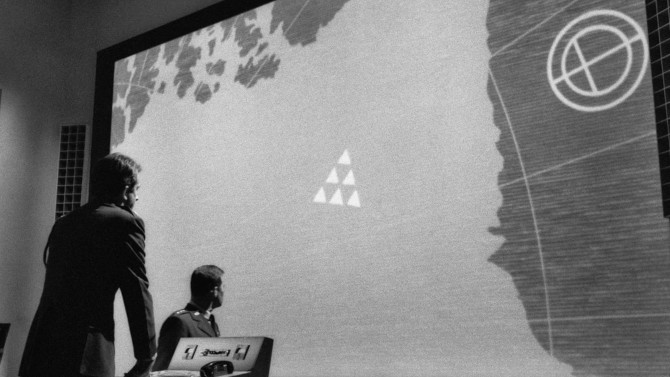
Safety First
Like a severe and utterly serious version of Stanley Kubrick’s 1964 satirical dark comedy Dr. Strangelove or: How I Learned to Stop Worrying and Love the Bomb, you would think that Fail Safe would have been the original release in theatres that was then later spoofed, yet that is not the case. Released approximately six months later in the same year, as you might imagine, it led to very poor returns at the box office – dare I say it (as the film deals with this subject matter)... it was a bomb! Despite that, over time, it has become a bonafide classic. Based upon Eugene Burdick’s 1962 novel of the same name and directed by Sidney Lumet (Dog Day Afternoon), he introduces us to our main players by way of little vignettes.
-
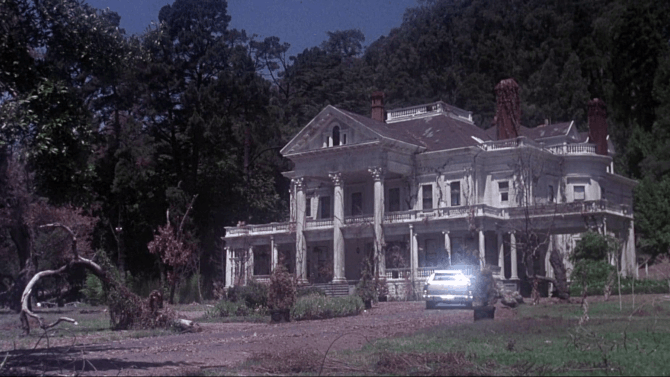
Extreme Makeover: Haunted Home Edition
Burnt OfferingsAugust 10, 2021Ah, the summer rental. . . a long held tradition that holds within it the unique ability to escape the intense grind of day to day life, allowing renters to find peace and quiet, comfort, family bonding, with some oft beautiful site-seeing along the way. But sadly, this isn’t always how it turns out. . . case in point, 1976's Burnt Offerings, co-written and directed by Dan Curtis (based on the novel of the same name by Robert Marasco). The Rolf’s, author Ben (Oliver Reed), his wife Marian (Karen Black), their tween son David (Lee Montgomery), and Ben’s artsy aunt, Elizabeth (Bette Davis), are fortunate enough to have found a stunning (if dilapidated) 19th century mansion to rent for the all-too-good price of nine hundred dollars – yes, for the entire summer! The only caveat that is added by owners Arnold and Roz Allardyce (Burgess Meredith and Eileen Heckart), is that their elderly private mother, who is in her mid eighties, is going to stay in her attic flat. . . and it will be their job to bring her a tray of food for each meal (though due to her reclusive state, they are required to leave the food outside her door).
-
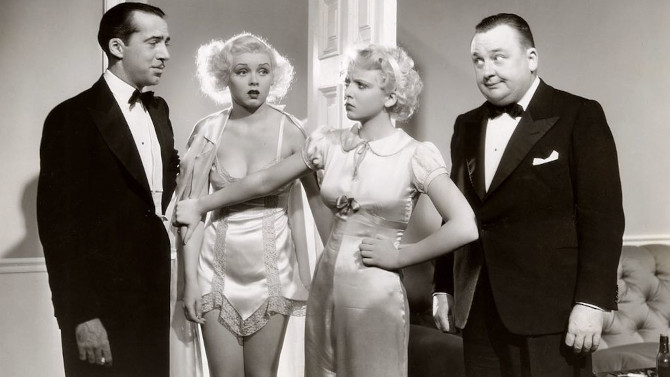
Olympic ‘Ten’sion
Search for BeautyAugust 3, 2021Opening at the 1932 Los Angeles Summer Olympics (an actual newsreel from the event), 1934's Search for Beauty, directed by Erle C. Kenton (Island of Lost Souls; The Ghost of Frankenstein), is a sharply written and unbelievably edgy drama that would not have passed code just a few short months later (once the Motion Picture Production Code, also known as the Hays Code, came into effect). A clash between immorality and a sort of athletic purity, two ex-cons, Larry Williams (Robert Armstrong) and Jean Strange (Gertrude Michael), newly released from prison, quickly come up with a new cash friendly scheme. Teaming with their money-man, Dan Healy (James Gleason), they plan on purchasing a ‘Health and Exercise’ magazine (and a ramshackle hotel that comes with it), turning it into a pre-Playboy rag magazine full of sultry stories and lurid photographs.
-
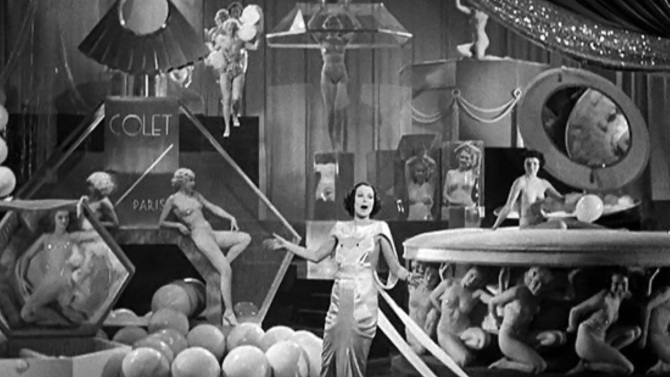
You’re So Vanity
Murder at the VanitiesJune 10, 2021A musical murder mystery? Yes, you read that right. . . and that was the type of film you often saw during the Pre-Code era. If 1934's Murder at the Vanities was made just six months later, it never would have passed code and been released – fortuitous for the film makers and us. Directed by Mitchell Leisen, this on stage/backstage premise finds Jack Ellery (Jack Oakie – The Great Dictator) putting on a sumptuous musical revue, featuring his two stars, an Austrian making his American debut, Eric Lander (Carl Brisson), and up and coming Ann Ware (Kitty Carlisle). Unbeknownst to everyone, a whirlwind romance has swooped up between the two stars. . . and they plan to marry after the opening show (they make the announcement upon their arrival at the theatre).
-
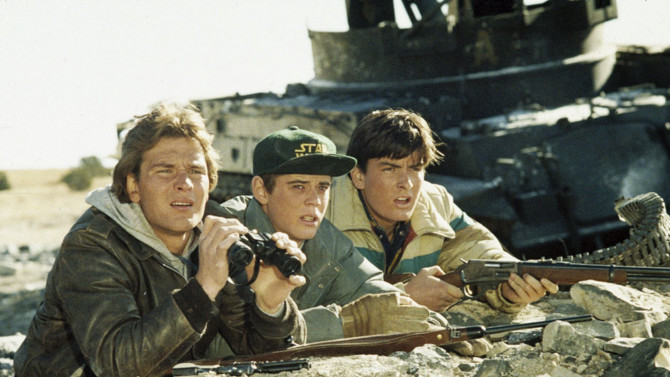
Dawn of the Dread
Red DawnApril 25, 20211984's Red Dawn, adapted for the screen and directed by John Milius, has been called many things – ‘the most right-wing blockbuster ever made’, ‘the most violent movie ever made’. . . but, by today’s standards, it is hard to take all of this too seriously (especially that latter statement – things have gotten a whole lot bloodier as time has gone by). An entertaining (if outrageous) B-style movie premise that pulls from old westerns (think High Noon, Rio Bravo and The Cowboys) and guerrilla warfare tactics, this version of 1989 (it is set five years in the future) finds a secret Russian, Cuban, and Nicaraguan alliance bringing with it an unexpected invasion of the United States. . . seen specifically in Calumet, Colorado (this the beginnings of World War III).
-
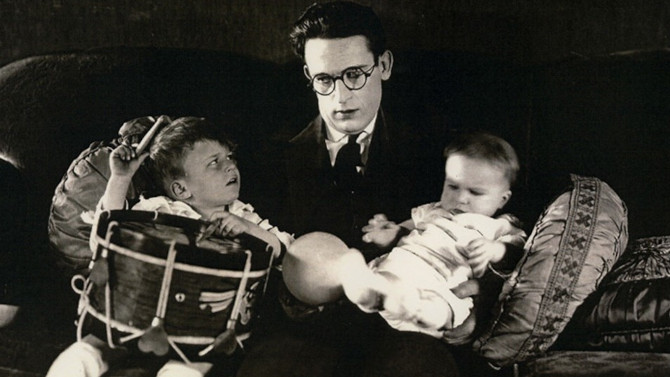
Hughes’ Clues
I DoMarch 9, 2021I have to wonder whether John Hughes ever saw the Harold Lloyd short film I Do (1921), directed by Hal Roach. . . as its story shares some striking similarities to his festive holiday classic script for Home Alone (1990), directed by Chris Columbus. A twenty-two minute ditty on a newly married couple, The Boy (Lloyd) joins in union with The Girl (Mildred Davis – who would marry Lloyd just two short years later) – a nice touch finds some early animation depicting the ceremony. Flashing forward to a year later, a gag makes us first think they may have already had their own child. . . but it is not so. . . and maybe that’s a good thing. Asked to babysit the two children of the Brother-in-Law (William Gillespie), the narrative definitely doesn’t hold anything back – as they are named The Disturbance (Jack Morgan) and The Annoyance (Jack Edwards).
-
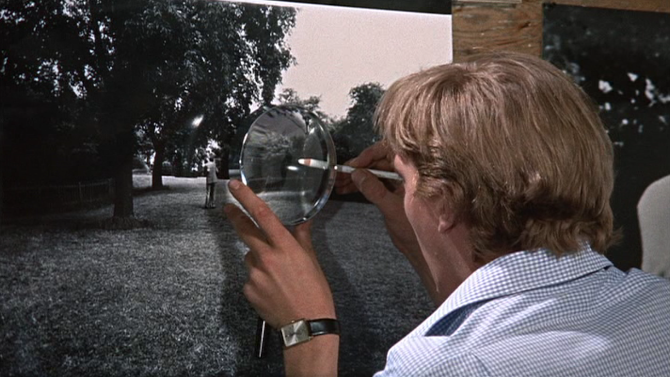
Just Out of Focus
Blow-UpFebruary 27, 2021One of the most iconic films showing off 1960s London (specifically 1966) is intriguingly written and shot by an Italian, Michelangelo Antonioni’s Blowup (which is sometimes hyphenated or has a space between the two words), an abstract vision of this most unique and swinging time. Seen through the eyes (or should I say camera – a sort of heightened reality) of famed photographer Thomas (David Hemmings), it is immediately noticeable that he is a walking juxtaposition. Both energetic and apathetic, he has more ups and downs than a roller coaster. Lacking passion or a proper plan, the story, like his unknown future aspirations, doesn’t follow a traditional plot pattern.
